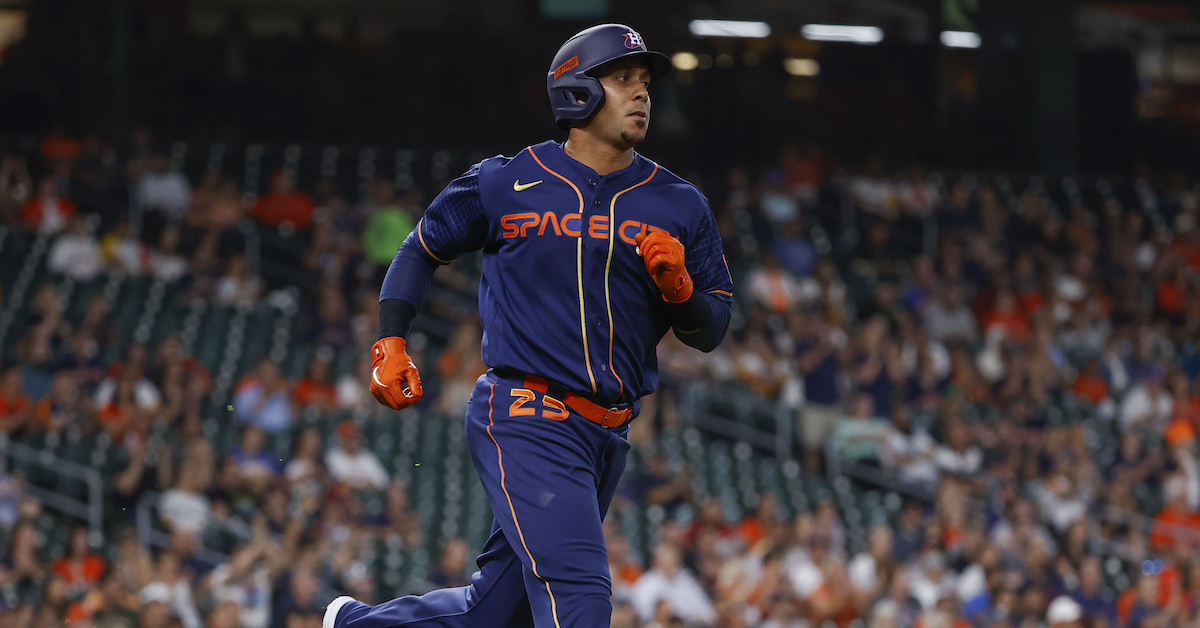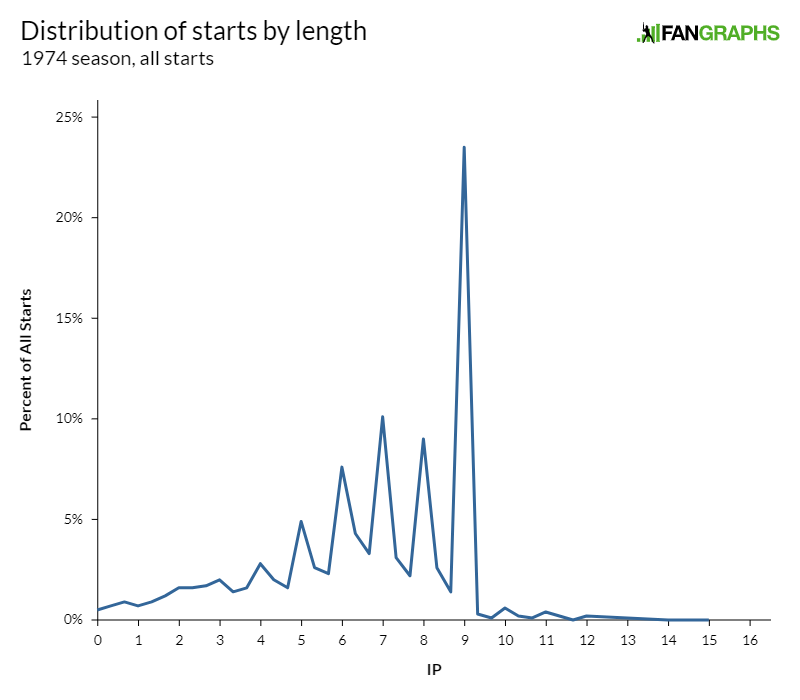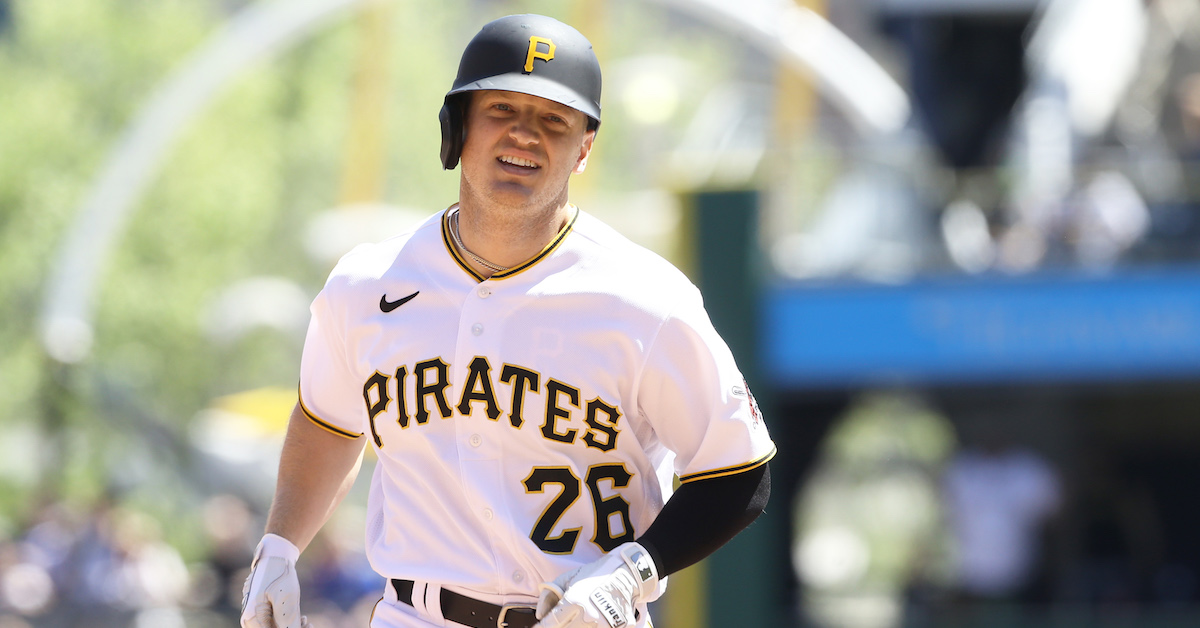The New and Improved Corbin Burnes, Now With More Pitches per Start!

This Wednesday, Corbin Burnes had a forgettable start. In six innings, he allowed four runs and struck out five while walking none. The scoring came courtesy of two home runs, a three-run shot by Austin Riley and a solo homer by Marcell Ozuna. Burnes lasted six innings, and while the Brewers ended up winning the game 7-6 in extras, it wasn’t exactly the kind of start you expect from the defending NL Cy Young winner.
Last year, Burnes was downright electric en route to winning the award. He led the NL in ERA at 2.43, and his ERA was significantly higher than his 1.63 FIP. He struck out 35.6% of the batters he faced while walking only 5.2%. He did it in only 28 starts and 167 innings, which raised questions about the trade-off between transcendent pitching and bulk innings.
If you only looked at his first and most recent starts of 2022, you might think the same thing was happening again. You’ve already heard about the most recent one; in his first start, he went five innings against the Cubs, allowed three earned runs, and struck out only four while walking three. Sure, the runs were uncharacteristic, but five and six inning starts? We’ve seen that before. Read the rest of this entry »











